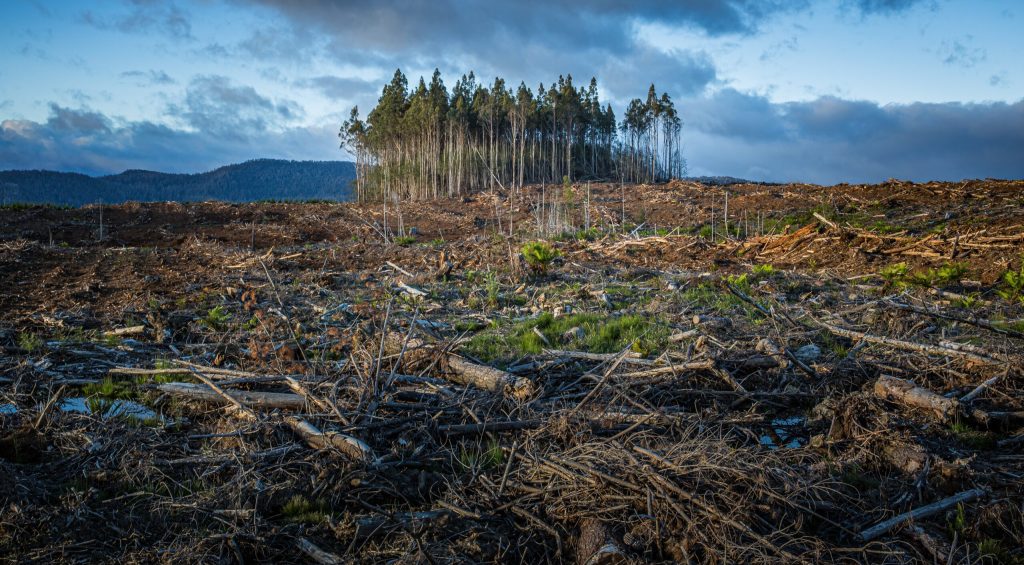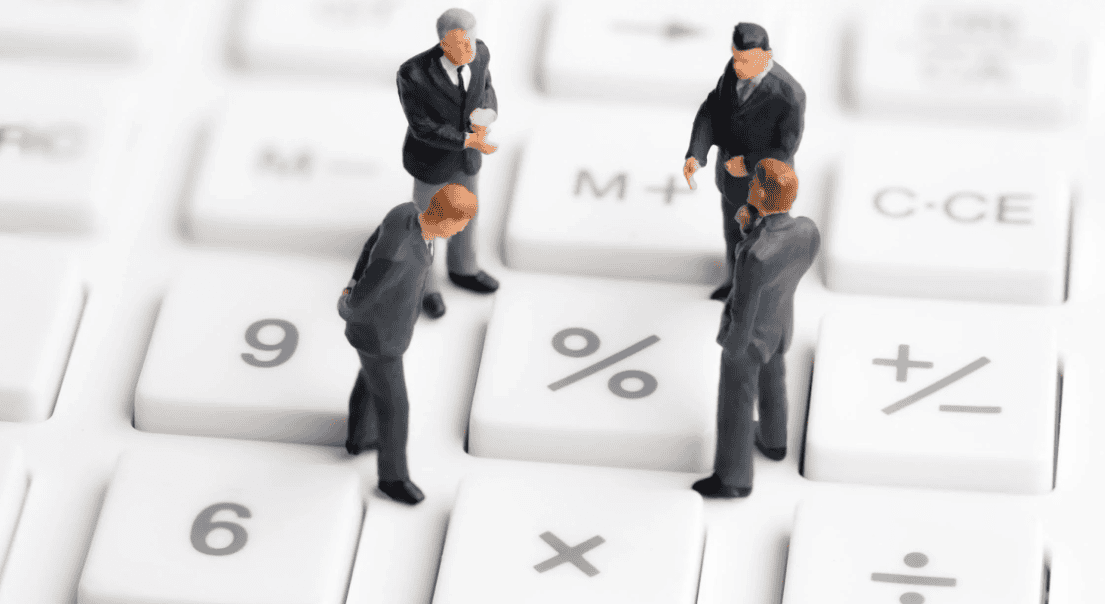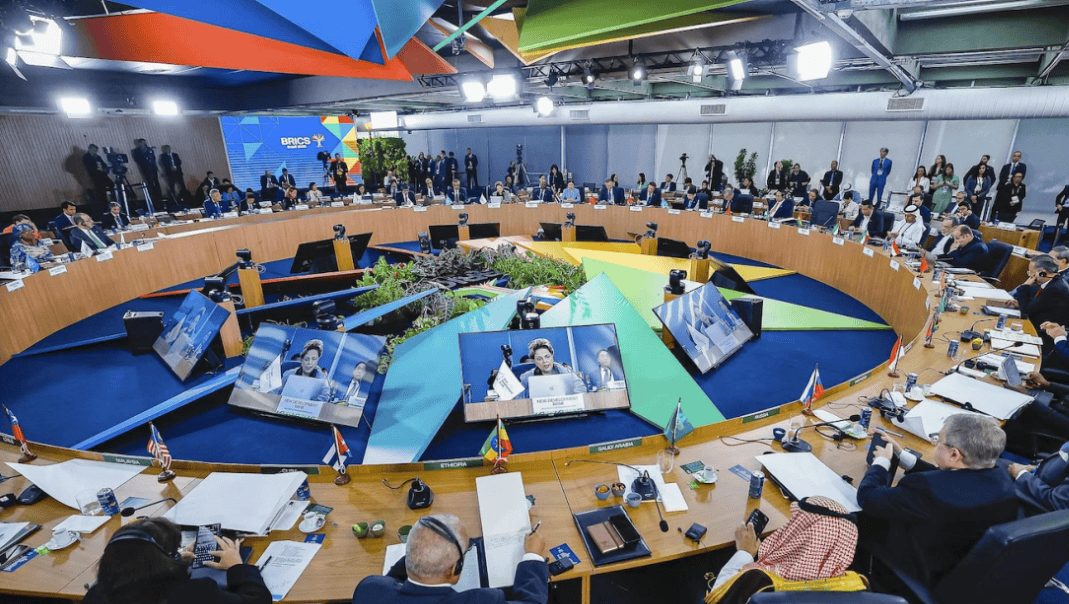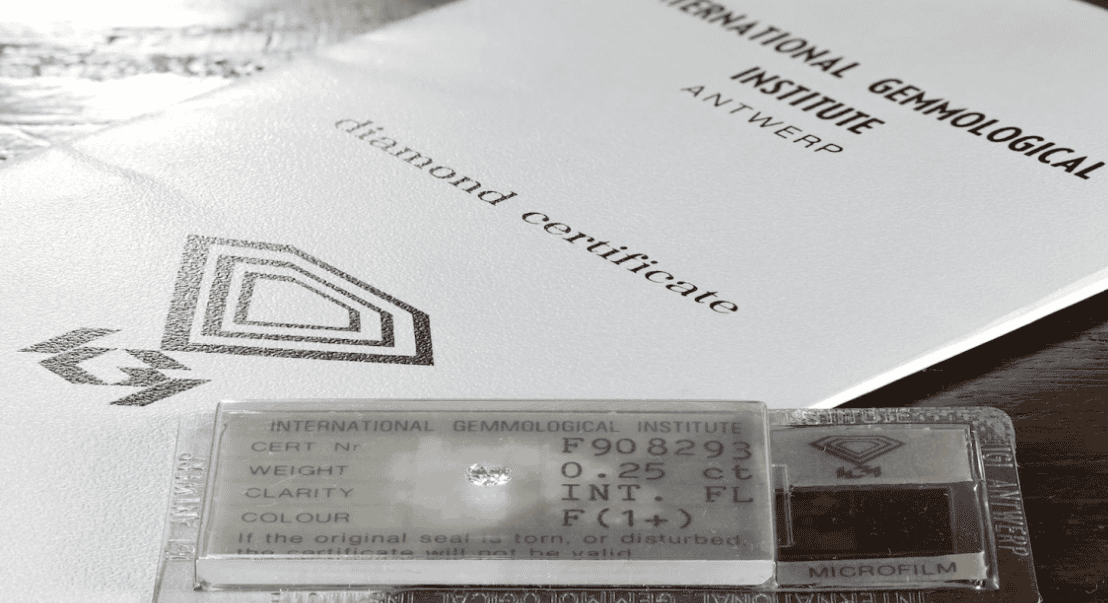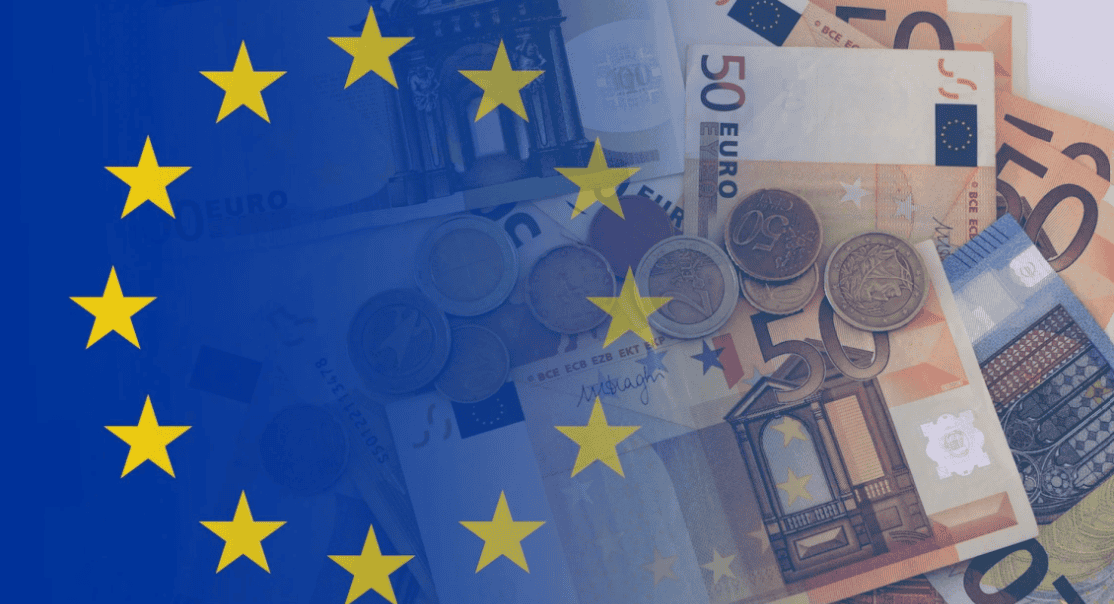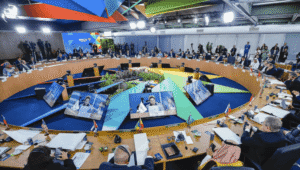In debates about how to finance the growing bill for climate change, many worry where we can find the money.
There is reason to worry. As part of the Paris Agreement, the world’s wealthier countries reaffirmed their commitment to mobilize at least $100 billion of climate financing annually to help developing countries to adapt to climate change, invest in renewable energies and achieve low-carbon development. But getting there is a work in progress.
At the same time, there is a way to mobilize large amounts of money for climate. Subsidies.
The world finds enormous sums of money each year for often inefficient and environmentally damaging subsidies to agriculture, fishing, and fossil fuels. How much are we talking about? An enormous amount, it turns out.
A new World Bank report, Detox Development: Repurposing Environmentally Harmful Subsidies, shows the extent of global subsidies and the opportunity offered by repurposing them. Compared to what countries pledged in the Paris Agreement, every year, they spend about six times that amount to subsidize fossil fuel consumption, which in turn exacerbates climate change, toxic air pollution, inequality, inefficiency, and mounting debt burdens. Redirecting these subsidies could unlock at least half a trillion dollars per year towards more productive and sustainable uses.
Fossil fuel subsidies are only part of the global subsidy glut. Add direct government expenditures in agriculture and fishing to the mix, and you have $1.25 trillion a year—around the size of a large economy, such as Mexico.
But that’s not even the whole story. The true cost of harmful practices in agriculture, fishing, and fossil fuels is not fully measured simply by counting the direct expenditures. One must also include implicit subsidies. These measure the effects on people and the planet — such as pollution, greenhouse gas emissions, road congestion, and the destruction of nature — that are not paid for by those who cause them. This is effectively a subsidy to polluters. Taken together, these implicit and explicit subsidies add up to over $7 trillion each year spent in ways that have unintended, harmful effects that are undermining our efforts to tackle climate change. To put that big number into context: this is about eight percent of the value of the global economy.
It’s not just about the money. Ending these colossal subsidies would also be good for people and the planet. The burning of oil, gas, and coal causes seven million premature deaths each year around the world through the toxic air that people breathe – a striking figure when you consider that it is roughly the same as the number of people who have died from COVID-19 (6.9 million according to the WHO). That burden falls mostly on the poor. Repurposing subsidies literally saves lives.
In agriculture, subsidies of more than $635 billion a year are driving the excessive use of fertilizers that degrades soil and water and harms human health. Subsidies for products such as soybeans, palm oil, and beef cause farmers to push into the forest frontier and are responsible for 14 percent of forest loss each year. Although subsidies aim in theory to increase productivity and support rural livelihoods, they typically have the opposite effect in practice. By distorting cropping and input decisions, subsidies reduce efficiency – in other words, they lead to more inputs producing less food. And because agricultural subsidies are often tied to output, they mostly benefit richer farmers.
Fisheries subsidies, which exceed $35 billion each year, are a key driver of dwindling fish stocks, over-sized fishing fleets, and falling profitability. More than 1 billion poor people rely on most of their animal protein from fish, so it’s critical that we restore the world’s fish stocks to healthy status. That’s why I was pleased to hear about the historic WTO Agreement on Fisheries Subsidies in June 2022, in which major governments agreed to end subsidies for some harmful and unsustainable fishing activities. Although this is a major step forward, there is still much work to be done to fully solve this problem.
So what can governments do to be successful? Most importantly, subsidy reform cannot come at the expense of the poor. Cash and in-kind transfers—such as food vouchers or access to free services – can help buffer shocks to vulnerable groups.
The reform must be phased and avoid large price shocks from one-off removals of subsidies. This enables households and firms to adjust gradually. Another key step is to demonstrate how the freed-up revenue is being reinvested to support development priorities, such as health and education.
Governments must also build public acceptance through transparent communication. This is especially necessary when there is a high risk that powerful interest groups will try to derail the reforms – which is almost always the case.
With a solid understanding of the obstacles, an eye for political economy, and a well-thought-out plan, it is possible to repurpose subsidies and provide more resources to people for a better life on a more livable planet. Let’s detox development now.
Source : World Bank



